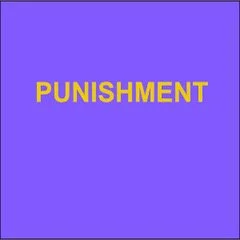By Katherine LeMasters, Samantha Nall, Cole Jurecka, Betsy Craft, Paul Christine, Ingrid Binswanger & Joshua Barocas
In response to the U.S. overdose crisis, many states have increased criminal penalties for drug possession, particularly fentanyl. This study sought to qualitatively explore diverse community perspectives on increasing criminal legal penalties in Colorado for fentanyl possession (House Bill 22-1326) and the broader role of the criminal legal system in addressing substance use and overdose prevention. We conducted 31 semi-structured interviews in 2023 with community leaders directly working with people who use drugs, individuals with lived experience with drug use and the criminal legal system, and law enforcement throughout Colorado. Interviewees were asked about the perceived impact of House Bill 22-1326 on their communities and agencies. After interviews were complete, we created templated summaries and matrix analyses to conduct rapid qualitative analysis, an action-oriented approach to qualitative data analysis.
Results
Respondents included peer support specialists (n = 7), policymakers (n = 6), community behavioral health/harm reduction providers (n = 6), criminal legal program staff (n = 8), and law enforcement (n = 4), with nine participants from rural counties. Analysis revealed that participants found increasing criminal penalties for fentanyl possession to be misguided: “And the felony [of HB-1326] is such a good example of a policy being led by feelings rather than evidence.” This was in the context of participants’ divergent views on police as conduits to treatment and punishment and perceiving jail as an (in)appropriate response for substance use disorder treatment.
Conclusions
All participants supported policy efforts to prevent fatal fentanyl overdoses, yet, most thought that increased use of police and incarceration as avenues to prevent overdose was misguided. This study highlights a diverse array of community perspectives that can inform policy decisions concerning criminal penalties for fentanyl possession and distribution and can inform policies that affect people who use drugs broadly.
Health & Justice volume 13, Article number: 26 (2025)



